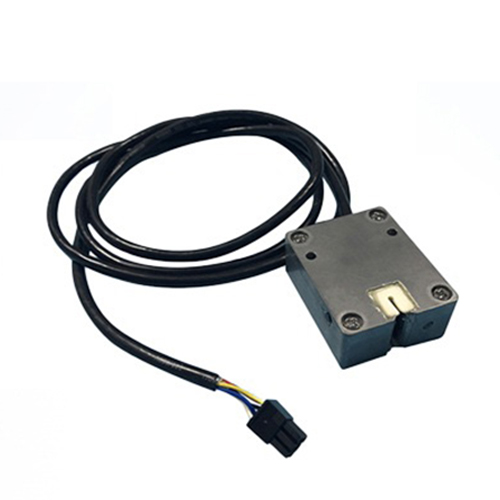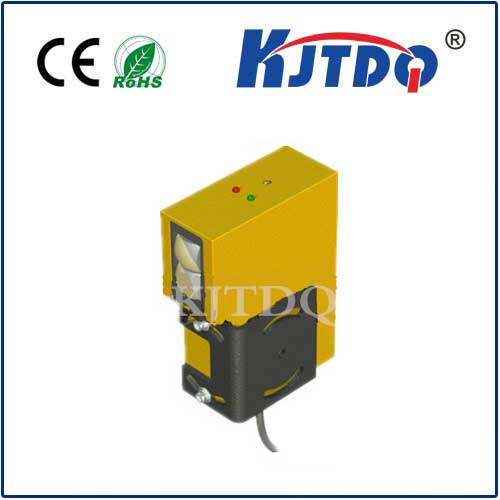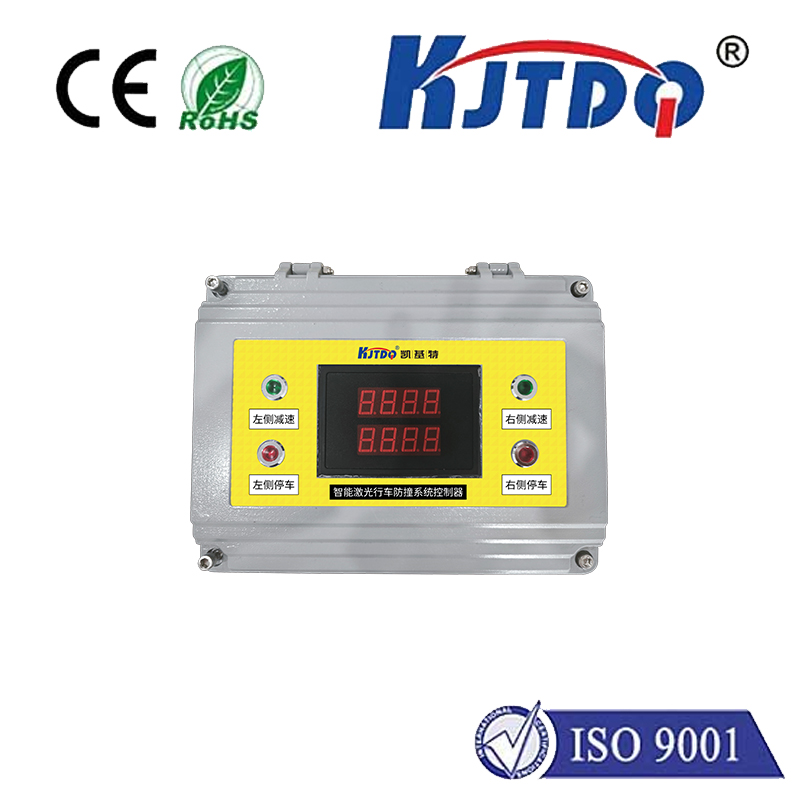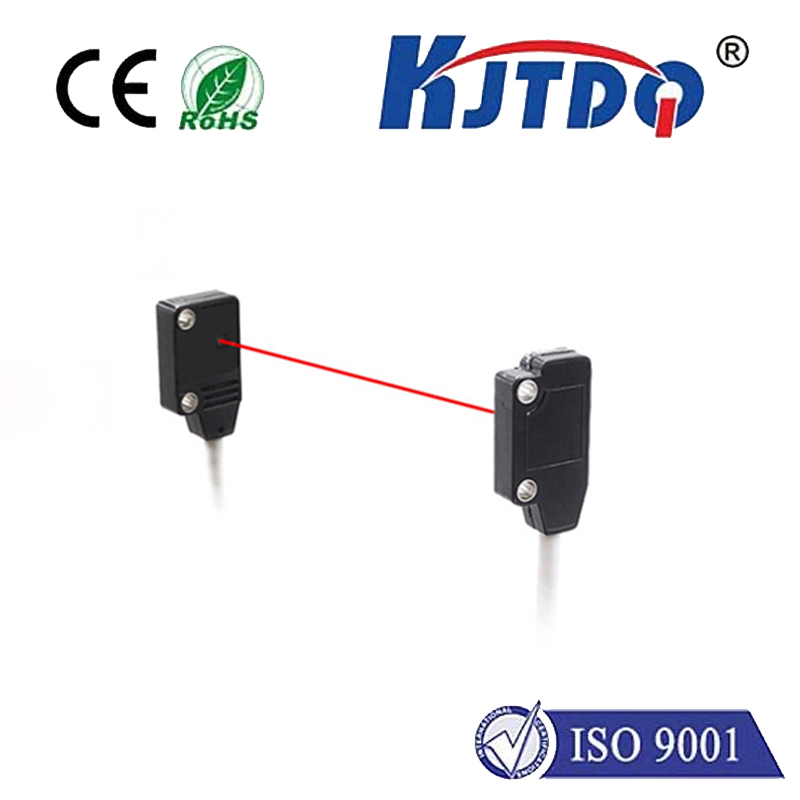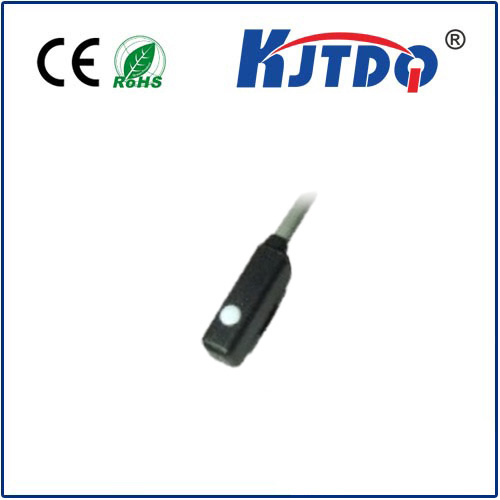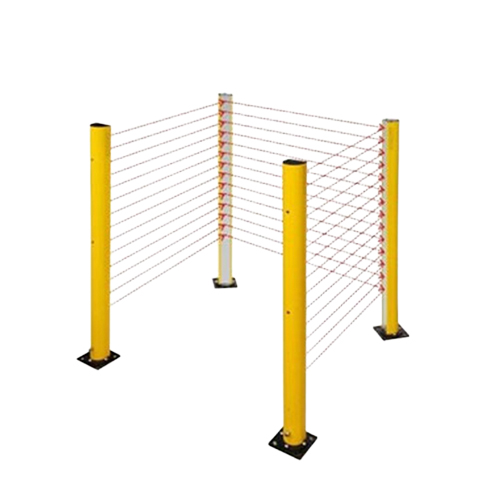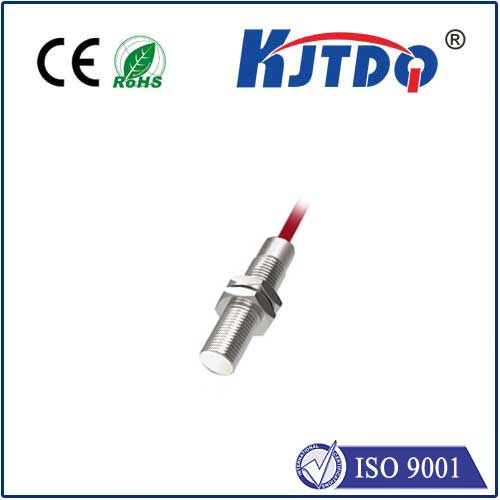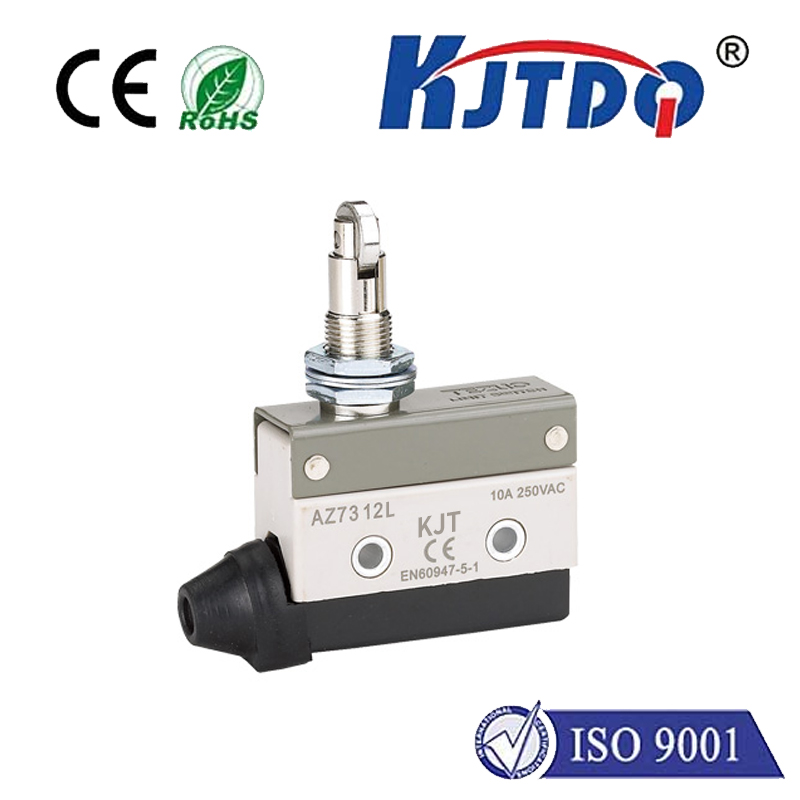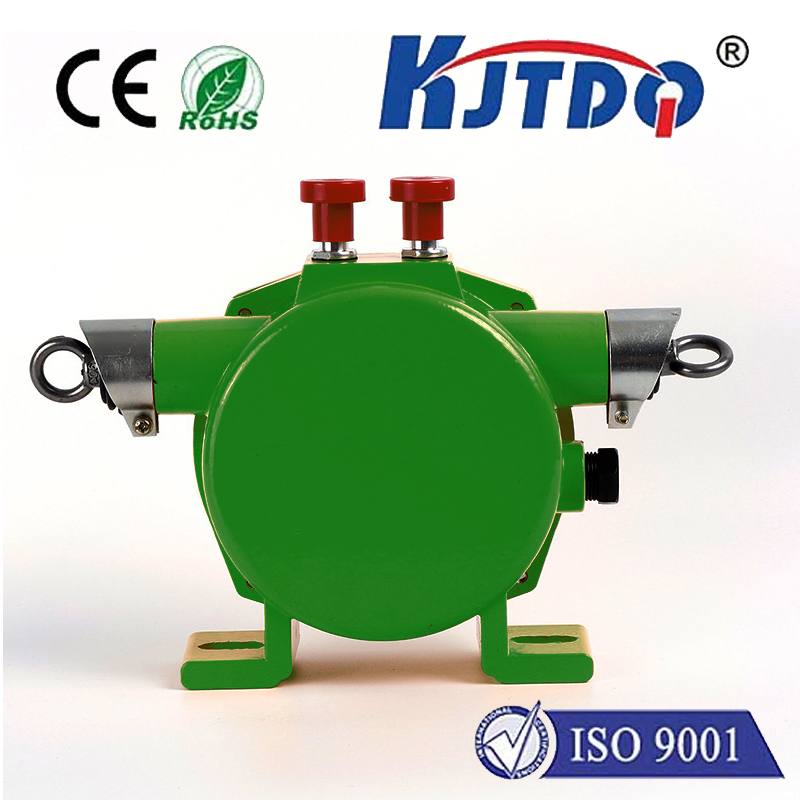refrigerator temperature monitor
- time:2025-08-21 04:47:19
- Нажмите:0
Refrigerator Temperature Monitor: Your Silent Guardian Against Food Waste and Illness
Imagine opening your fridge to prepare lunch, only to discover your milk has soured days before its date, or that last night’s delicious leftovers now look suspiciously foggy. Annoying, wasteful, and potentially dangerous. The culprit? Often, it’s an unnoticed fluctuation in your refrigerator’s temperature. This is where an unassuming hero steps in: the refrigerator temperature monitor. Far more than just a gadget, it’s an essential tool for ensuring food safety, preserving freshness, and protecting your household budget.
The simple truth is, your refrigerator’s built-in thermostat is unreliable. It displays an average temperature or a dial setting (like “Cold” or “Colder”), not the actual temperature where your food resides. Factors like frequent door openings, overloading, ambient kitchen heat, and even the appliance’s age can cause significant internal temperature swings. These fluctuations create the perfect breeding ground for harmful bacteria like Salmonella, E. coli, and Listeria, which thrive in the so-called “Danger Zone” between 40°F (4°C) and 140°F (60°C).

For optimal food safety and preservation, the FDA recommends keeping your refrigerator at or below 40°F (4°C). The freezer should be at 0°F (-18°C) or lower. Straying even a few degrees above 40°F accelerates spoilage and dramatically increases the risk of foodborne illness. A dedicated fridge thermometer eliminates the guesswork. It provides an accurate, real-time reading of the actual environment your perishables are experiencing.
Here’s why investing in a reliable appliance thermometer is non-negotiable for any kitchen:
- Guaranteed Food Safety: This is paramount. By continuously verifying that your fridge stays safely below 40°F, you significantly reduce the risk of bacteria multiplying to dangerous levels on your meat, dairy, poultry, and leftovers. Peace of mind knowing your family is protected is invaluable.
- Dramatically Reduced Food Waste: How often do you throw away items that “smell off” or look questionable before their expiry date? Temperature inconsistency is a major culprit. Proper chilling slows down enzymatic reactions and microbial growth, extending the shelf life of fruits, vegetables, dairy, and prepared meals. A refrigerator thermometer helps you keep things consistently cold, meaning less spoiled food and money saved.
- Early Appliance Failure Detection: If your fridge thermometer suddenly shows readings consistently above 45°F, it’s a critical red flag. Your refrigerator might be struggling due to failing components, blocked vents, dirty condenser coils, or a door seal issue. Early detection allows for timely repairs, potentially avoiding a complete (and costly) breakdown and the loss of all your refrigerated goods.
- Optimal Food Quality: Temperature doesn’t just affect safety; it impacts taste and texture. Dairy products can separate or develop off-flavors. Fruits and veggies lose crispness and nutrients faster. Delicate items like fresh herbs wilt prematurely. Maintaining the ideal chill ensures your food tastes its best for longer.
- Confidence in Power Outages: During a power cut, knowing the exact temperature inside your fridge and freezer is crucial. A thermometer with memory (showing minimum/maximum temps reached) tells you if food stayed safely cold or if it entered the Danger Zone and must be discarded. This prevents unnecessary waste or, worse, consuming unsafe food.
Types of Refrigerator Temperature Monitors:
- Basic Analog Thermometers: Simple, affordable dial or liquid-filled models placed on a shelf. Easy to read at a glance. Key is accuracy – look for models specifically calibrated for refrigerator use. Ideal for straightforward temperature checks.
- Digital Thermometers: Offer precise digital readouts, often to a tenth of a degree. Many feature large, easy-to-read displays. Provide higher accuracy than most analog models.
- Digital Monitors with Probes: Include a sensor probe on a wire, allowing you to place the probe inside a specific container (like a large pot of soup or a meat package) while the display unit sits conveniently on the door or outside. Crucial for rapid cooling verification of large quantities.
- Smart Wireless Monitors: The cutting-edge solution. These devices connect via Wi-Fi or Bluetooth to your smartphone. They provide real-time temperature tracking, send instant alerts if temps rise above or fall below your preset thresholds, and often log historical data. Perfect for peace of mind when away from home or for monitoring high-value contents.
- Freezer Monitors: Similar options exist specifically designed for freezer conditions, crucial for long-term storage safety.
Using Your Fridge Thermometer Effectively:
- Placement is Key: Don’t just stick it on the door. Place it on a middle shelf towards the back, away from the walls and vents. This area gives the most accurate representation of the core temperature affecting the majority of your food. Check freezer monitors similarly.
- Check Regularly: Make glancing at your refrigerator thermometer part of your routine. Aim for at least once a day. Smart monitors automate this but still require you to note alerts.
- Calibrate if Possible: Some higher-end digital models offer calibration checks using ice water. Refer to the manufacturer’s instructions.
- Act on Readings: If your fridge consistently reads above 40°F:
- Adjust the thermostat slightly colder.
- Check door seals for tears or gaps (clean them too).
- Ensure vents inside aren’t blocked by food packages.
- Don’t overload the fridge; allow cold air to circulate.
- Clean condenser coils at the back or bottom (consult manual).
- If adjustments don’t help, seek appliance repair.
- Replace Batteries: For digital/smart models, keep an eye on battery life to ensure continuous monitoring.
Don’t leave your family’s health and your grocery budget to chance. That small, often overlooked device – the refrigerator temperature monitor – is a powerful ally. By providing accurate, reliable temperature data, it empowers you to make informed decisions, prevent waste, and most importantly, ensure the food you serve is safe. It’s a simple, affordable investment with immediate and long-lasting returns for your kitchen and your well-being. Make checking your fridge thermometer as routine as washing your hands before cooking – it’s fundamental food safety hygiene.

